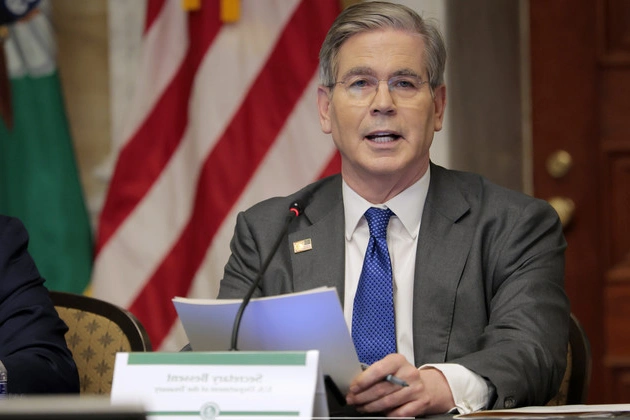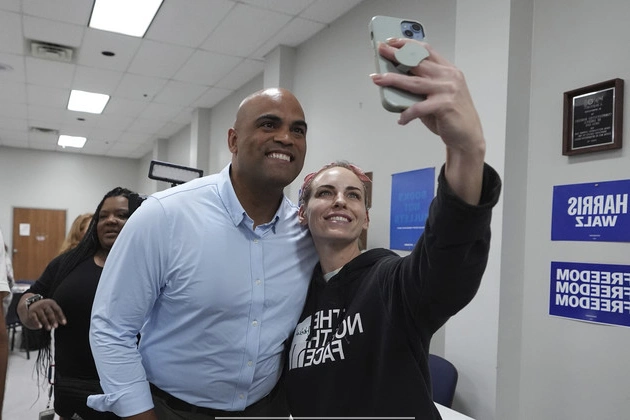
The Trump administration is preparing to deliver a significant change to Wall Street banks by easing regulations imposed after the 2008 financial crisis.
Trump-appointed regulators are finalizing a proposal to relax capital cushion requirements for major banks to absorb losses and maintain solvency during economic stress.
The Proposed Changes
The plan, a collaborative effort by the Federal Reserve, the Office of the Comptroller of the Currency, and the Federal Deposit Insurance Corporation, is expected to be unveiled soon. Treasury Secretary Scott Bessent has emphasized that reducing capital requirements is a top priority for federal banking agencies.
Ed Mills, a Washington policy analyst at Raymond James, noted that the recent turnover in federal financial regulators has empowered big banks, putting them back in control.
Industry Impact and Response
The proposal marks a significant policy win for the banking sector, which has been under strict scrutiny since the global financial crisis. It signals a departure from the previous administration’s approach, which aimed to increase capital cushions for large banks.
The focus of the current proposal is on adjusting the supplementary leverage ratio, a rule that mandates banks to maintain a minimum capital level based on their asset size. Industry advocates argue that this rule has restricted bank activities, particularly in trading government debt.
Expected Benefits
Advocates of the proposed changes believe that easing the supplementary leverage ratio will enhance Treasury market activities and facilitate the trading of government debt. Treasury markets have faced challenges due to various economic factors, and reducing this requirement could help lower interest rates over time.
Travis Hill, the acting chair of the Federal Deposit Insurance Corporation, anticipates a joint proposal with other regulators to address concerns about the capital requirement’s impact on large banks.
Opposition and Concerns
Critics of the plan, including Wall Street skeptics and progressives, view it as a favor to big banks that could heighten financial system risks. They argue that weakening capital requirements may lead to instability in the financial sector.
Phillip Basil from Better Markets warns that reducing capital levels for major banks could amplify risks and is skeptical of the industry’s motivations for seeking this regulatory change.
Future Outlook
While the specifics of the proposed changes remain unclear, regulators are debating various options to address concerns about the impact on the Treasury market and overall financial stability. The outcome of these discussions will shape the future landscape of banking regulations and industry practices.











